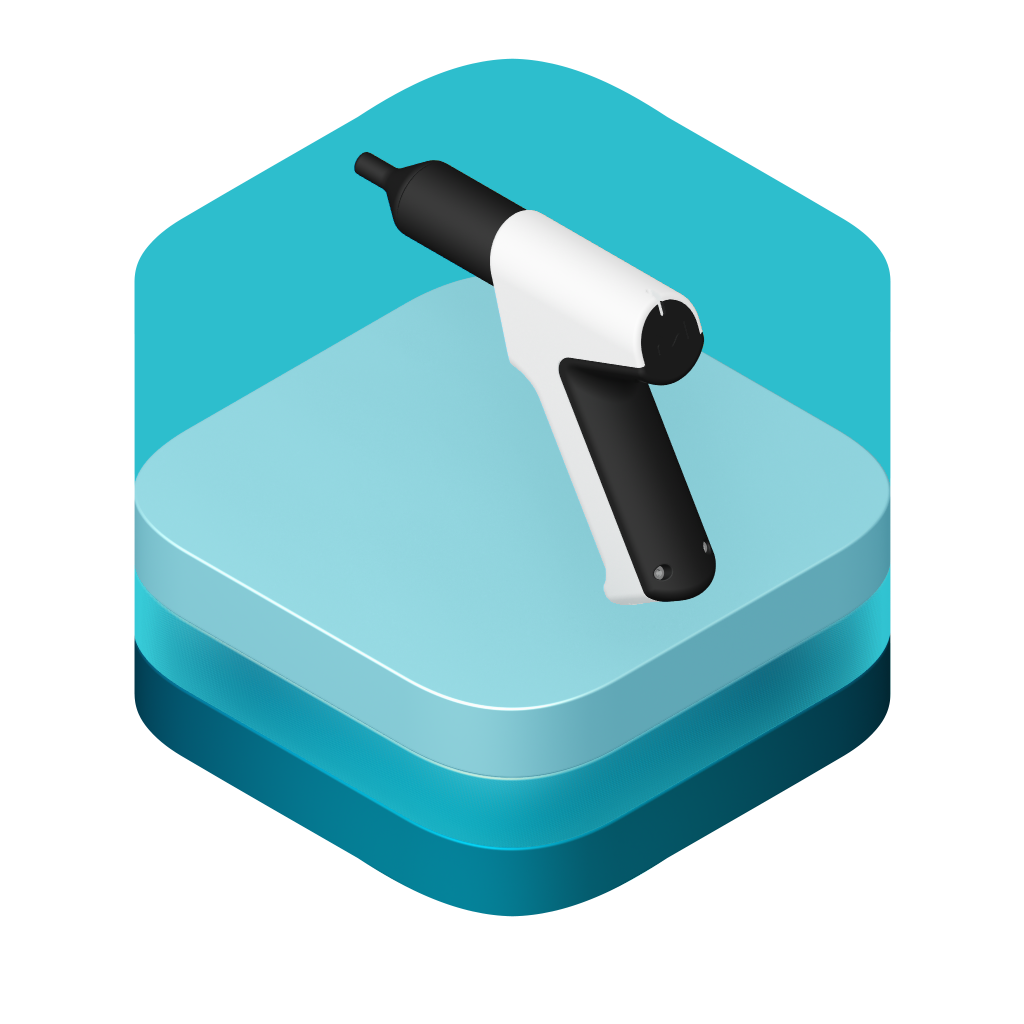IMP-Kit

The M-Trust™ IMP-Kit allows you to integrate the IMP-Reader with your mobile applications. The SDK is available for iOS and Android.

Pre-requisites
Make sure you have flutter installed and have configured a Flutter project. You can find more information on how to set up a Flutter project in the official Flutter documentation.
Installation
Add the IMP-Kit and the BLE Strategy to your to your pubspec.yaml file:
flutter pub add mtrust_imp_kit mtrust_urp_ble_strategy
For the pre-built UI to work you will need to also add the fonts to the pubspec.yaml file:
flutter:
fonts:
- family: Lato
fonts:
- asset: packages/liquid_flutter/fonts/Lato-Regular.ttf
weight: 500
- asset: packages/liquid_flutter/fonts/Lato-Bold.ttf
weight: 800
- family: LiquidIcons
fonts:
- asset: packages/liquid_flutter/fonts/LiquidIcons.ttf
Permissions
For BLE to work, you need to add the respective permissions to the AndroidManifest.xml and Info.plist files.
<!-- Tell Google Play Store that your app uses Bluetooth LE
Set android:required="true" if bluetooth is necessary -->
<uses-feature android:name="android.hardware.bluetooth_le" android:required="false" />
<!-- New Bluetooth permissions in Android 12
https://developer.android.com/about/versions/12/features/bluetooth-permissions -->
<uses-permission android:name="android.permission.BLUETOOTH_SCAN" android:usesPermissionFlags="neverForLocation" />
<uses-permission android:name="android.permission.BLUETOOTH_CONNECT" />
<!-- legacy for Android 11 or lower -->
<uses-permission android:name="android.permission.BLUETOOTH" android:maxSdkVersion="30" />
<uses-permission android:name="android.permission.BLUETOOTH_ADMIN" android:maxSdkVersion="30" />
<uses-permission android:name="android.permission.ACCESS_FINE_LOCATION" android:maxSdkVersion="30"/>
<!-- legacy for Android 9 or lower -->
<uses-permission android:name="android.permission.ACCESS_COARSE_LOCATION" android:maxSdkVersion="28" />
To avoid errors in release builds, please add the following line into your project/android/app/proguard-rules.pro file.
-keep class com.mtrust.imp_kit.** { *; }
iOS: Add the required permission to your ios/Runner/Info.plist file
<key>NSBluetoothAlwaysUsageDescription</key>
<string>This app always needs Bluetooth to function</string>
<key>NSBluetoothPeripheralUsageDescription</key>
<string>This app needs Bluetooth Peripheral to function</string>
<key>NSLocationAlwaysAndWhenInUseUsageDescription</key>
<string>This app always needs location and when in use to function</string>
<key>NSLocationAlwaysUsageDescription</key>
<string>This app always needs location to function</string>
<key>NSLocationWhenInUseUsageDescription</key>
<string>This app needs location when in use to function</string>
Usage
The most straight forward way to integrate the IMP Reader is using the ImpSheet widget. This widget shows a pre-built sheet at the bottom of the screen that allows the user to connect to the reader and start scanning.
The pre-built UI requires a theme to be set up and a a portal to be created.
Provide the theme somewhere at the top of your widget tree:
LdThemeProvider(
child: ...)
Wrap your Scaffold with the LdPortal widget:
LdPortal(
child: Scaffold(
...
)
)
In your widget, create a URPBleStrategy instance:
late final _bleStrategy = UrpBleStrategy();
you are responsible for disposing the strategy when it is no longer needed:
void dispose() {
_bleStrategy.dispose();
super.dispose();
}
Then you can use the ImpSheet widget:
ImpSheet(
strategy: _bleStrategy,
payload: "<my payload>",
onVerificationDone: (measurement) {
// handle the verification result
},
onVerificationFailed: () {
// handle the verification failure
},
builder: (context, openSheet) {
// You can use the openSheet function to open the sheet
return ElevatedButton(
onPressed: openSheet,
child: const Text("Open IMP Sheet"),
);
},
),
The strategy is an instance of UrpBleStrategy and the payload is a string that will be sent to the reader and returned in the signed measurement result.
The onVerificationDone and onVerificationFailed callbacks are called when the verification is done or failed.
Custom workflows
To build custom workflows, utilize the ImpReader class. It requires a connection strategy to handle the connection between the device and the reader.
final reader = ImpReader(
connectionStrategy: _connectionStrategy,
);
With the ImpReader you can access all methods required to build workflows that meet your specific requirements. Please refer to the example_advanced in the github repository for an example on how to build custom workflows.